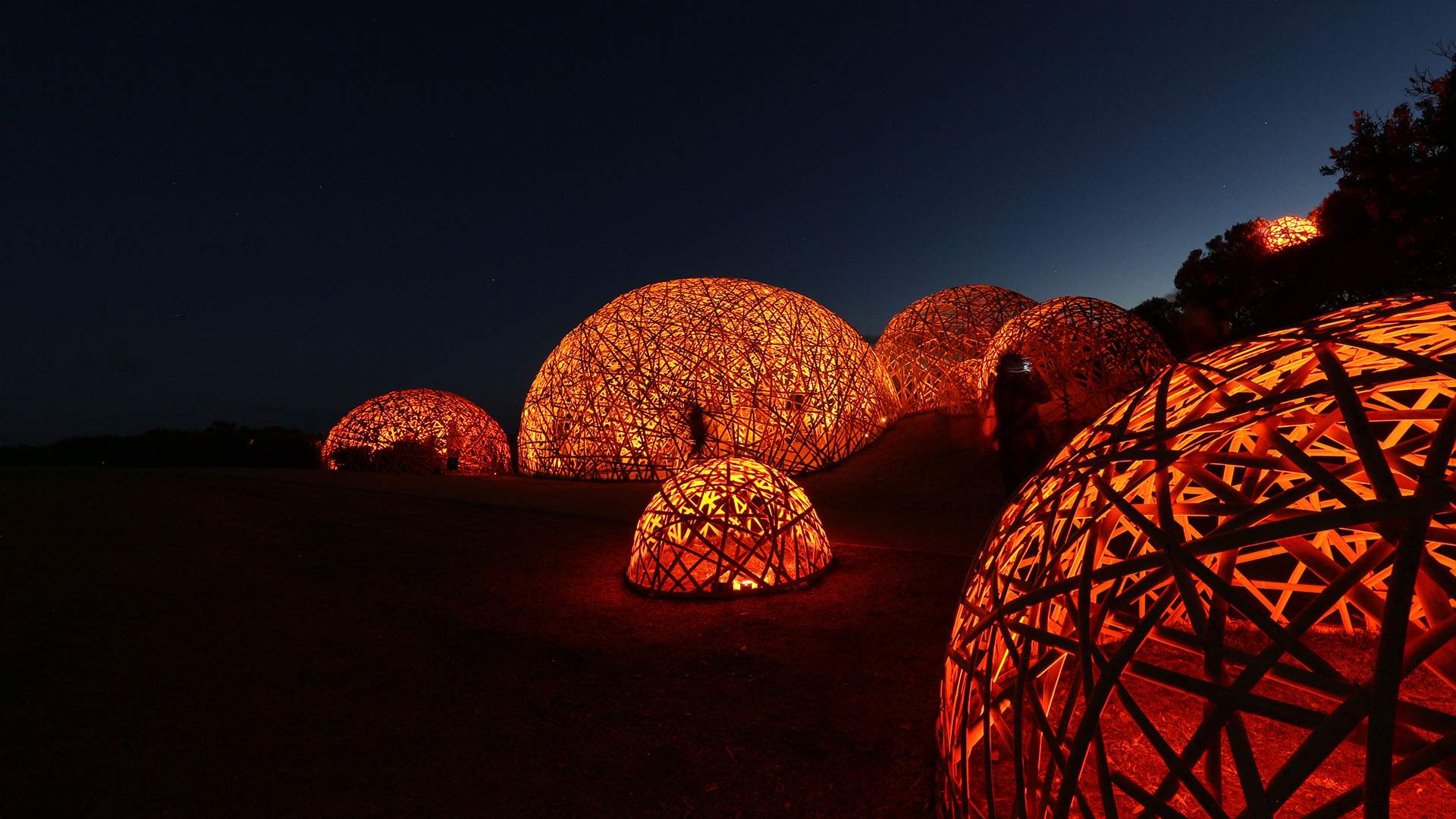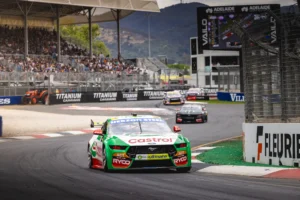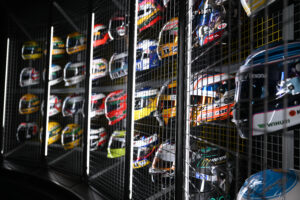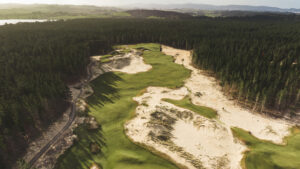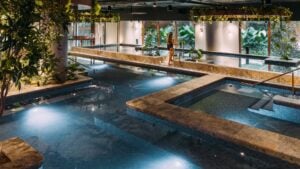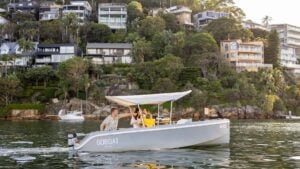While the weather may be a bit unpredictable right now, the 23rd Biennale of Sydney has officially kicked off three months of free public art. Known as Australia’s largest curated exhibition of contemporary art, the institution has been around since 1973 and is widely considered one of the art world’s most lauded events in the Asia Pacific region. While the popular art destinations like the Museum of Contemporary Art and White Rabbit Gallery have suffered the same stop-start fate over the past two years as just about every other venue in Sydney, the Biennale of Sydney presents the first time, in a very long time, that art lovers from all over Australia have a chance to engage with large-scale, site-specific works in some of the city’s best public spaces. Should you take it? We’ve rounded up some highlights of the Biennale of Sydney so you can make that call yourself.
Let’s get the theme out of the way first, because a lot of these works won’t make sense unless you know a bit about the concept behind the 23rd Biennale of Sydney. It’s all about water ecology, essentially. This year’s theme is dubbed ‘rīvus,’ which is Latin for ‘stream’ as well as ‘rivalry’ of which the irony is not lost for Colombian artistic director José Roca who took on the mantle in 2020 and has been planning ever since.
Roca, known in the art world for his work at FLORA ars+natura in his home city of Bogotá and for being the former curator of Latin American art for the Tate, has assembled a team of several curators who have shaped the line-up of more than 330 works and 80 showcasing artists. Across six main locations, the Biennale of Sydney examines the complex dynamic of nature and water-based ecologies. The Biennale has always had a firm grasp on activism, so many of these works address issues of pollution, climate change, and the effect of colonisation on First Nations Peoples’ custodianship of ecosystems.
RELATED: 10 Websites For Great Affordable Art
Given what has happened in Australia over the past few weeks, the irony is obvious. It too extends to the fact that, for the first time in many years, Cockatoo Island won’t be used for the Biennale of Sydney. Apparently, Roca wanted to intentionally keep a small scale for the festival this year to further play into sustainability and guarantee minimal travel and reduced freight.
As such, there’ll be no having to get to ferry on out to Cockatoo Island to see the best parts of the Biennale of Sydney this year. Instead, you’ve got spaces like The Cutaway in Barangaroo, the Walsh Bay Arts Precinct, and National Art School showing off the highlights. This, of course, includes the Museum of Contemporary Art and the wider Circular Quay precinct, as well as the nearby laneways of The Rocks.
Not only will this make it easier to travel around to the various working parts of the Biennale of Sydney, but it should make the festival much more doable in a shorter time. During past years, those wanting to experience the Biennale in full would usually need to dedicate more than one day to see it all.
RELATED: How To Curate The Perfect Personal Art Collection For Your Home
So what should you see? These are the works and spaces that have people talking so far.
2022 Biennale of Sydney Highlights
The Cutaway

Let’s start with something a bit non-specific here. This is the first time The Cutaway at Barangaroo has been utilised for the Biennale of Sydney and if opening-weekend comments are anything to go by, it won’t be the last. The space shares the same industrial appeal as Cockatoo Island’s various spaces, yet with over 75,000 native plants dotted across bushwalks and grassy areas. For an art festival hinged on the idea of ecology and sustainability, no venue makes more sense than this one.
This is probably why the organisers have invested so much of the Biennale’s visual punch into The Cutaway. It’ll be the go-to spot for a drink and a feed as well, given there’s a pop-up bar for the duration of the festival co-helmed by the dependable P&V Wine Merchants, Mary’s Burgers, and Campari.
As far as art goes, there’s going to be various things to do see and do here. One highlight is by Irish artist John Gerrard. Titled ‘Leaf Work,’ the project is best described as a large-scale, 6m x 6m piece set into a polished mirror pavilion on the Barangaroo headland. With this work, Gerrard uses digital technology from the gaming industry to create intricate virtual worlds and painfully detailed landscapes to illustrate the “stress felt by the environment in response to an escalating climate crisis.”
The Cutaway will also host Cave Urban’s Flow, where the Sydney-based multidisciplinary studio has created the largest bamboo structure ever produced in Australia. The site-specific work spans 600-metres, spreading throughout The Cutaway and hovering above all the other works.
Museum of Contemporary Art Australia

The MCA is one of the most frequented art institutions in Australia, so it’s no surprise to see it used extensively during the 23rd Biennale of Sydney. For this edition, the first and third floors are hosting a total of 19 different works from around the world, the most interesting of which is a 365-million-year-old fish fossil from Canowindra in NSW. The behemoth has never been displayed to the public before, so it’s worth heading along just for that.
But there are others. Venezuelan artist Milton Becerra uses a network of coloured threads to hold three large stones in place, giving the impression of the stones levitating and simulating orbits that create various vibrations and sounds. German artist Kiki Smith has installed a large-scale series of tapestries exploring themes of climate change and environmental activism. And Yawuru artist Robert Andrew has curiously taken two palimpsest machines and used them to dispense jets of pressurised water onto the walls of the MCA to peel away thin layers of earth pigment and chalk.
One Beat, One Tree

Late Belgian artist Naziha Mestaoui managed to complete this ambitious project before her passing in 2020, debuting One Beat One Tree at the United Nations Climate Conference in 2015. Installed at the Art Gallery of NSW, the interactive work uses video mapping and movement tracking so viewers can plant virtual trees and nurture the seeds using their body movement. For every virtual seeding, a real one will be planted, aligning One Beat, One Tree with many other Biennale of Sydney works that go beyond visuals and have a real-world effect.
Stargazer Lawn
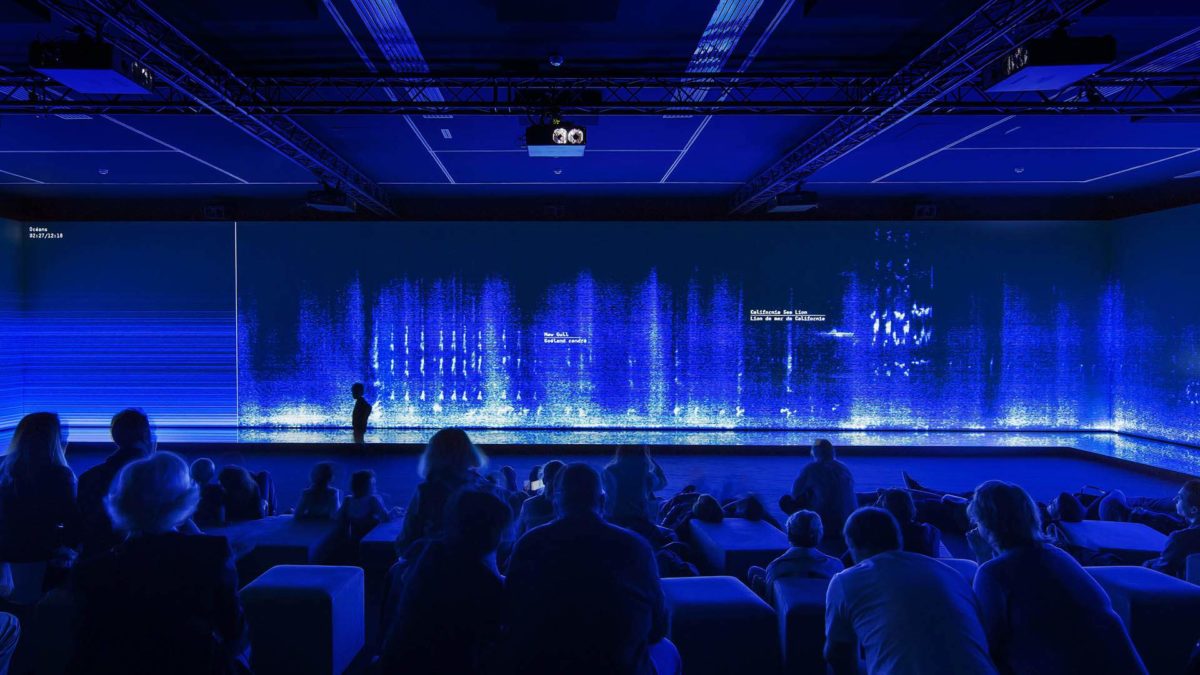
A temporary gallery space has been created on Stargazer Lawn in Barangaroo, hosting this rather poetic audio-visual work arranged by American soundscape ecologist Bernie Krause. The large, immersive project is anchored by The Great Animal Orchestra, made up of more than 1,500 creatures from around the world such as the Great Potoo of the Amazon and the Californian sea lion. With colour-coded visuals created by United Visual Artists, the mesmerising artwork is one of the most appealing for those who just have a passing interest in the Biennale of Sydney, and will no doubt be one of the most referenced when the festival wraps up in June.
Pier 2/3, Walsh Bay Arts Precinct

Much like The Cutaway, Pier 2/3 at Walsh Bay will be one of the more attractive spaces for the Biennale this year. A major refurbishment has made the post-industrial spaces a more appropriate host for a festival as large and varied as this, showcasing a great number of ambitious projects. Most of them tackle the intersection of saltwater and freshwater, such as ‘Requiem’ by Cuban artist Yoan Capote who uses gold leaves to recreate a seascape from a distance, which is then slowly revealed to be made of hundreds of fish hooks impaled into the surface. The implication is obvious.
Other highlights at Pier 2/3 include a plywood engraving telling the story of Newtown Creek in Brooklyn by artist Duke Riley, a work made from blending human hair, fish scales, and termite wings by Thai artist Imhathai Suwatthanaslip, and a video work exploration mythical seal-human hybrids by British-Finnish artist and composer Hanna Tuulikki.
The 23rd Biennale of Sydney runs from now until 13th June 2022.
